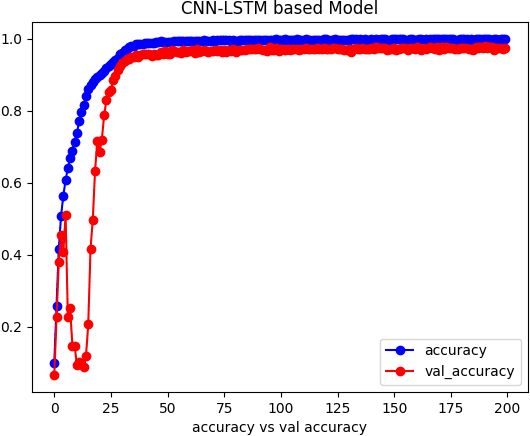Md Hadiuzzaman
Bengali Sign Language Recognition through Hand Pose Estimation using Multi-Branch Spatial-Temporal Attention Model
Aug 26, 2024



Abstract:Hand gesture-based sign language recognition (SLR) is one of the most advanced applications of machine learning, and computer vision uses hand gestures. Although, in the past few years, many researchers have widely explored and studied how to address BSL problems, specific unaddressed issues remain, such as skeleton and transformer-based BSL recognition. In addition, the lack of evaluation of the BSL model in various concealed environmental conditions can prove the generalized property of the existing model by facing daily life signs. As a consequence, existing BSL recognition systems provide a limited perspective of their generalisation ability as they are tested on datasets containing few BSL alphabets that have a wide disparity in gestures and are easy to differentiate. To overcome these limitations, we propose a spatial-temporal attention-based BSL recognition model considering hand joint skeletons extracted from the sequence of images. The main aim of utilising hand skeleton-based BSL data is to ensure the privacy and low-resolution sequence of images, which need minimum computational cost and low hardware configurations. Our model captures discriminative structural displacements and short-range dependency based on unified joint features projected onto high-dimensional feature space. Specifically, the use of Separable TCN combined with a powerful multi-head spatial-temporal attention architecture generated high-performance accuracy. The extensive experiments with a proposed dataset and two benchmark BSL datasets with a wide range of evaluations, such as intra- and inter-dataset evaluation settings, demonstrated that our proposed models achieve competitive performance with extremely low computational complexity and run faster than existing models.
BAUST Lipi: A BdSL Dataset with Deep Learning Based Bangla Sign Language Recognition
Aug 20, 2024



Abstract:People commonly communicate in English, Arabic, and Bengali spoken languages through various mediums. However, deaf and hard-of-hearing individuals primarily use body language and sign language to express their needs and achieve independence. Sign language research is burgeoning to enhance communication with the deaf community. While many researchers have made strides in recognizing sign languages such as French, British, Arabic, Turkish, and American, there has been limited research on Bangla sign language (BdSL) with less-than-satisfactory results. One significant barrier has been the lack of a comprehensive Bangla sign language dataset. In our work, we introduced a new BdSL dataset comprising alphabets totaling 18,000 images, with each image being 224x224 pixels in size. Our dataset encompasses 36 Bengali symbols, of which 30 are consonants and the remaining six are vowels. Despite our dataset contribution, many existing systems continue to grapple with achieving high-performance accuracy for BdSL. To address this, we devised a hybrid Convolutional Neural Network (CNN) model, integrating multiple convolutional layers, activation functions, dropout techniques, and LSTM layers. Upon evaluating our hybrid-CNN model with the newly created BdSL dataset, we achieved an accuracy rate of 97.92\%. We are confident that both our BdSL dataset and hybrid CNN model will be recognized as significant milestones in BdSL research.
 Add to Chrome
Add to Chrome Add to Firefox
Add to Firefox Add to Edge
Add to Edge